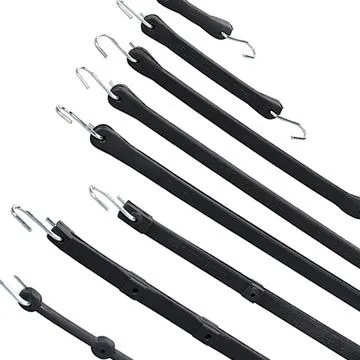Feb . 11, 2025 04:38 Back to list
mineral fiber ceiling tiles
Ceiling tees, often overlooked, are a pivotal component in modern architecture and interior design. These grid-suspended ceiling systems provide structural support for tiles or panels in both residential and commercial buildings. With an increasing demand for sustainable and aesthetically pleasing construction, it's crucial to understand their importance, versatility, and how they contribute to efficiency and design flexibility.
Moreover, ceiling tees contribute to a building's energy efficiency. By housing light fixtures and air vents within the grid system, they help distribute lighting and air conditioning evenly throughout a room, optimizing energy use. The reflective properties of some ceiling tile materials can amplify natural light, reducing the reliance on artificial lighting and further lowering energy costs. Sustainability is a growing concern in today's construction industry, and ceiling tees align with this trend. Many manufacturers offer products made from recycled materials, while the modular nature of the grids allows for easy updating and upgrading without generating excessive waste. This adaptability means that as design trends evolve, ceiling systems can be revamped without a complete overhaul, making them a sustainable choice in the long run. In terms of aesthetics, ceiling tees offer endless possibilities. They can be painted, powder-coated, or finished in various colors and textures to complement a building’s interior design. This customization ensures that the ceiling becomes an integral part of the overall aesthetic, rather than an afterthought. The choice of ceiling tiles, whether patterned, smooth, or textured, further adds to the visual impact and helps create a cohesive environment. In conclusion, ceiling tees are a critical element in modern building design that offers durability, versatility, and aesthetic appeal. They play a fundamental role in ensuring that ceiling systems are not only functional but also contribute to the overall efficiency and aesthetics of a building. By opting for high-quality ceiling tees, architects, builders, and designers can ensure that their projects meet contemporary demands for sustainability and efficiency without compromising on style. As the construction industry continues to advance, ceiling tees will remain a fundamental component in achieving innovative and sustainable design solutions.


Moreover, ceiling tees contribute to a building's energy efficiency. By housing light fixtures and air vents within the grid system, they help distribute lighting and air conditioning evenly throughout a room, optimizing energy use. The reflective properties of some ceiling tile materials can amplify natural light, reducing the reliance on artificial lighting and further lowering energy costs. Sustainability is a growing concern in today's construction industry, and ceiling tees align with this trend. Many manufacturers offer products made from recycled materials, while the modular nature of the grids allows for easy updating and upgrading without generating excessive waste. This adaptability means that as design trends evolve, ceiling systems can be revamped without a complete overhaul, making them a sustainable choice in the long run. In terms of aesthetics, ceiling tees offer endless possibilities. They can be painted, powder-coated, or finished in various colors and textures to complement a building’s interior design. This customization ensures that the ceiling becomes an integral part of the overall aesthetic, rather than an afterthought. The choice of ceiling tiles, whether patterned, smooth, or textured, further adds to the visual impact and helps create a cohesive environment. In conclusion, ceiling tees are a critical element in modern building design that offers durability, versatility, and aesthetic appeal. They play a fundamental role in ensuring that ceiling systems are not only functional but also contribute to the overall efficiency and aesthetics of a building. By opting for high-quality ceiling tees, architects, builders, and designers can ensure that their projects meet contemporary demands for sustainability and efficiency without compromising on style. As the construction industry continues to advance, ceiling tees will remain a fundamental component in achieving innovative and sustainable design solutions.
Latest news
-
Quality Ceiling Trap Doors & Access Panels | Easy & Secure AccessNewsAug.30,2025
-
Durable Ceiling T Grid Systems | Easy InstallationNewsAug.29,2025
-
PVC Gypsum Ceiling: Durable, Laminated Tiles for Modern SpacesNewsAug.28,2025
-
Pvc Gypsum Ceiling Is DurableNewsAug.21,2025
-
Mineral Fiber Board Is DurableNewsAug.21,2025
-
Ceiling Tile Clip Reusable DesignNewsAug.21,2025







